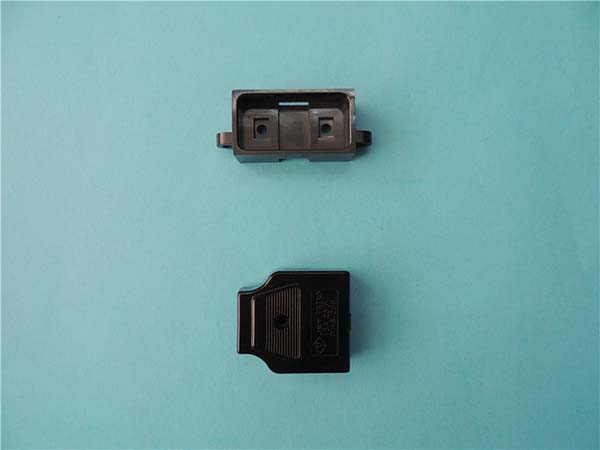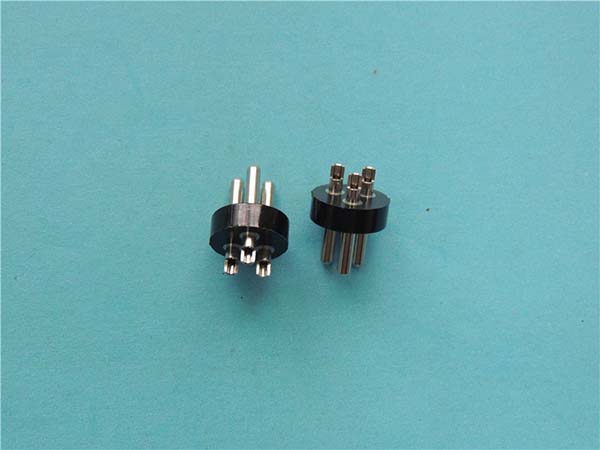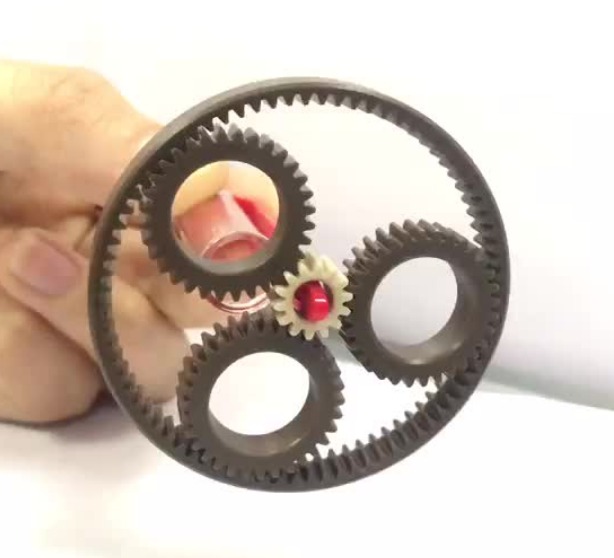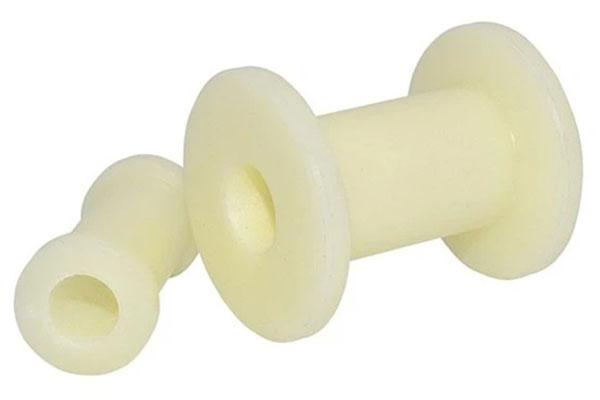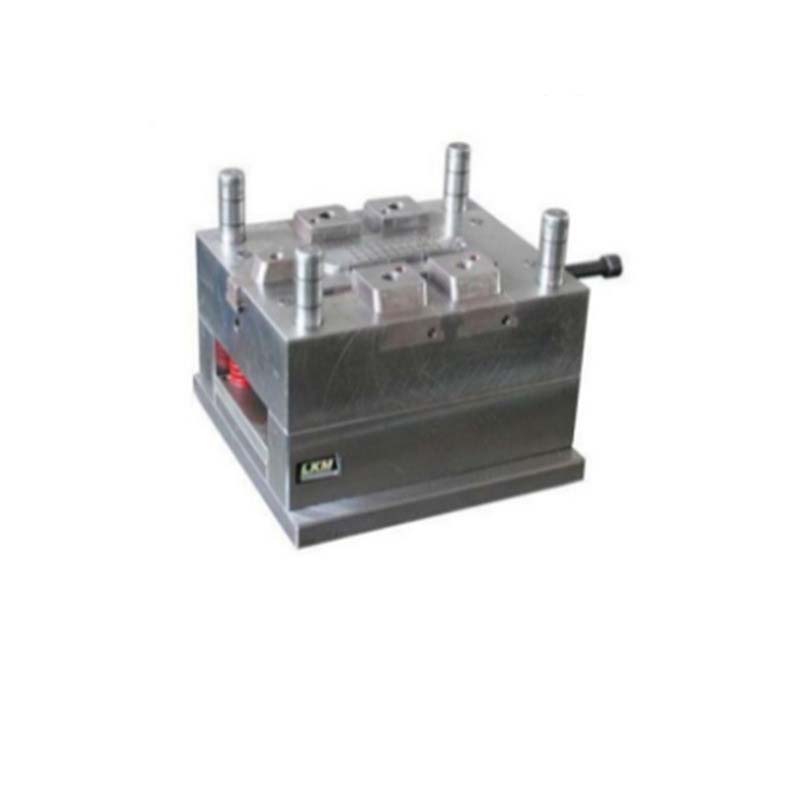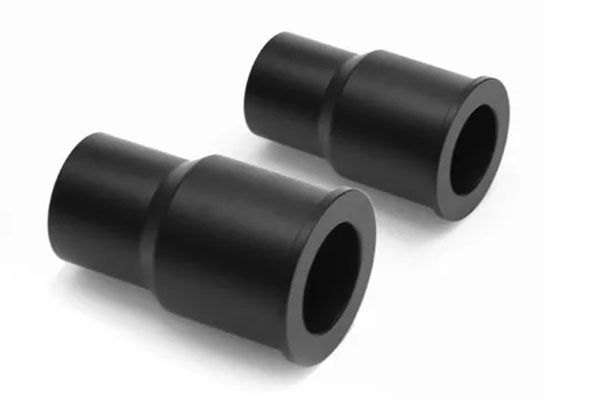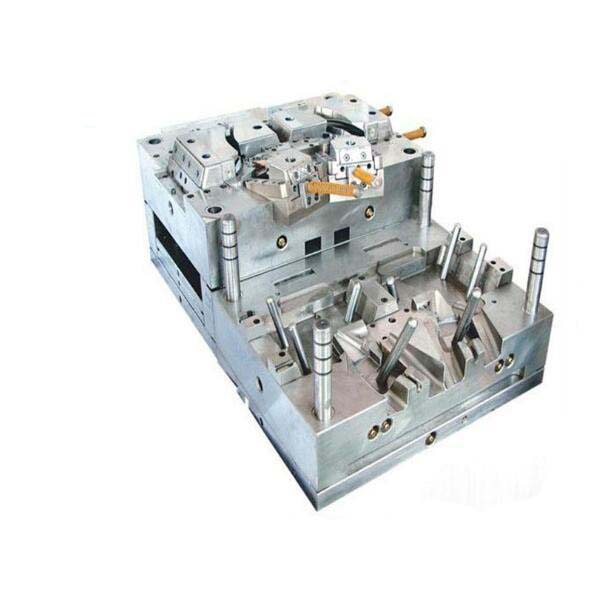Introduction
In the ever - evolving landscape of storage solutions, innovation is the key to optimizing space and efficiency. One such innovation that has been making waves in the industry is the use of plastic rack pinions. These unassuming components play a crucial role in revolutionizing the way we approach storage, especially in modern, high - tech storage systems.
What are Plastic Rack Pinions?
At their most basic, plastic rack pinions are a combination of two fundamental mechanical components: a rack and a pinion. A rack is essentially a straight, linear gear in the form of a bar or strip, with teeth cut along its length. It's like a section of a gear that has been "unrolled" into a straight line. The pinion, on the other hand, is a small, circular gear that meshes with the rack. When the pinion rotates, it causes the rack to move in a linear direction, and vice versa. This simple yet ingenious mechanism allows for the conversion between rotational and linear motion.
Plastic rack pinions are typically made from high - performance plastic materials. Some of the commonly used plastics include:
- Polyoxymethylene (POM): Also known as acetal or polyacetal, POM is a popular choice due to its high stiffness, low friction, and excellent wear resistance. It can withstand repeated cycles of motion without significant degradation, making it ideal for long - term use in rack and pinion systems.
- Polyamide (PA): More commonly known as nylon, PA offers good mechanical strength, impact resistance, and self - lubricating properties. It is also relatively lightweight, which can be an advantage in applications where weight is a concern.
- Polycarbonate (PC): PC has high impact strength, dimensional stability, and is transparent in some grades. This transparency can be useful in certain storage applications where visibility of the moving components is required, while its strength ensures reliable operation.
Why Focus on Plastic Rack Pinions for Storage?
Plastic rack pinions have found their way into a wide range of storage applications, and for good reason. In the realm of modern storage, especially in automated storage and retrieval systems (AS/RS), efficiency and space utilization are of utmost importance.
Automated storage systems rely on precise and smooth movement of components to quickly access stored items. Plastic rack pinions enable this by providing a reliable and efficient means of converting the rotational motion of motors into the linear motion required to move storage trays, shelves, or robotic arms. Their low friction properties reduce the energy required for operation, leading to cost savings over time.
Moreover, plastic rack pinions are often more lightweight compared to their metal counterparts. This not only reduces the overall weight of the storage system but also allows for easier installation and potentially faster movement of components. In multi - level or high - density storage systems, where every inch of space matters, the compact size and light weight of plastic rack pinions can contribute to maximizing storage capacity.
For example, in a large - scale warehouse using an AS/RS, plastic rack pinions can be used in the vertical lift modules (VLMs). These modules use a combination of racks and pinions to move storage trays up and down, providing access to a large number of items in a relatively small footprint. The smooth operation and durability of plastic rack pinions ensure that the VLMs can operate efficiently for long periods, handling the constant movement and weight of the storage trays.
The Mechanics of Plastic Rack Pinions
How They Work
The operation of plastic rack pinions is based on a fundamental mechanical principle. When the pinion, which is connected to a power source such as a motor, starts to rotate, its teeth engage with the teeth of the rack. As the pinion continues to turn, it "walks" along the rack. This interaction converts the rotational motion of the pinion into linear motion of the rack.
For instance, in a storage system where a robotic arm needs to move horizontally to pick and place items, a plastic rack and pinion mechanism can be employed. The motor rotates the pinion, and as it does so, the rack, which is attached to the robotic arm, moves in a straight - line direction. This linear movement enables the arm to precisely reach different positions within the storage area. The smooth meshing of the plastic teeth ensures that the motion is consistent and accurate, allowing for the efficient handling of stored goods.
Key Components and Their Functions
- Rack:
- Tooth Shape: The tooth shape of the rack is crucial. A standard involute tooth profile is commonly used in plastic racks. This shape ensures smooth meshing with the pinion teeth, reducing friction and wear during operation. For example, an involute tooth profile allows for a gradual engagement and disengagement of the teeth, minimizing impact forces and noise.
- Pitch: The pitch of the rack, which is the distance between corresponding points on adjacent teeth, affects the accuracy of the linear motion. A smaller pitch results in a more precise movement, as the pinion has to rotate more for the rack to move a given distance. In high - precision storage applications, such as in a pharmaceutical warehouse where small vials need to be accurately retrieved, a rack with a fine pitch is essential.
- Pinion:
- Modulus: The modulus of the pinion is a measure of the size of its teeth. It is directly related to the strength and load - carrying capacity of the pinion. A larger modulus means larger teeth, which can handle higher torques. In a heavy - duty storage system that moves large and heavy storage bins, a pinion with a relatively large modulus would be required.
- Number of Teeth: The number of teeth on the pinion determines the speed and torque ratio between the motor and the rack. A pinion with fewer teeth will rotate faster for a given rotation of the motor, but it will also have a lower torque output. Conversely, a pinion with more teeth will rotate more slowly but can transmit higher torques. For example, in a storage system where quick movement is required for light - weight items, a pinion with fewer teeth might be used, while for moving heavy - duty storage units, a pinion with more teeth would be a better choice.
Choosing the Right Plastic Rack Pinions
Material Selection
Selecting the appropriate material for plastic rack pinions is crucial as it directly impacts their performance and lifespan.
Nylon (Polyamide, PA): Nylon is a popular choice due to its excellent mechanical properties. It has high tensile strength, which allows it to withstand significant forces without breaking. For example, in a storage system where heavy - duty storage bins are moved, nylon rack pinions can handle the repeated stress from the weight of the bins. Nylon also has good impact resistance, making it suitable for applications where there may be sudden jolts or vibrations during the movement of storage components. Additionally, it has self - lubricating properties, reducing the need for frequent lubrication and minimizing friction between the rack and pinion teeth. This not only extends the life of the components but also improves the overall efficiency of the storage system.
Polypropylene (PP): PP is known for its chemical resistance. It can withstand exposure to various chemicals that may be present in the storage environment, such as cleaning agents or certain stored substances. In a chemical storage facility, PP rack pinions would be a great option as they won't degrade when in contact with these chemicals. It is also relatively lightweight and cost - effective. This makes it an attractive choice for applications where budget constraints are a factor, without sacrificing too much on performance in low - to medium - load storage scenarios.
When choosing the material, consider the operating environment. If the storage area is humid, a material with good moisture resistance like POM might be more suitable. For high - temperature environments, materials with high heat resistance, such as certain grades of nylon, should be considered.
Size and Dimension Considerations
The size and dimensions of plastic rack pinions play a vital role in their functionality within a storage system.
Rack Length: The length of the rack should be determined based on the distance that the storage components need to travel. In a multi - level storage system with vertically moving trays, the rack length must be sufficient to allow the trays to reach all levels. For example, if the storage system has 10 levels and each level is 30 cm apart, and the trays need to move from the bottom to the top, a rack length of at least 300 cm would be required, considering some additional margin for movement and safety.
Pinion Diameter: The diameter of the pinion affects the speed and torque of the system. A larger - diameter pinion can transmit more torque, which is useful when moving heavy storage units. However, it will also rotate more slowly for a given motor speed compared to a smaller - diameter pinion. In a storage system where large, heavy pallets need to be moved, a pinion with a relatively large diameter would be appropriate. On the other hand, for a system that requires quick movement of small, lightweight storage bins, a smaller - diameter pinion could be used to achieve higher speeds.
Compatibility with Other Systems
Plastic rack pinions must be compatible with other components in the storage system to ensure smooth and reliable operation.
Driven by Motor: The rack pinions should be compatible with the drive motor in terms of speed and torque requirements. If the motor has a high - torque output, the rack and pinion must be able to handle it without getting damaged. For example, in an automated storage system with a powerful servo - motor, the plastic rack pinions need to be designed to withstand the high - torque forces generated by the motor during acceleration and deceleration.
Control System: Compatibility with the control system is also essential. The movement of the rack and pinion should be accurately controlled by the system. This means that the encoder feedback (if used) from the rack - pinion movement should be in a format that the control system can understand. In a modern, computer - controlled AS/RS, the plastic rack pinions work in tandem with the control software to ensure that the storage trays are precisely positioned for item retrieval or storage.
Yigu Technology's Perspective
As a non - standard plastic metal products custom Supplier, Yigu Technology firmly believes in the potential of plastic rack pinions in the storage industry. With our expertise in customization, we understand that every storage system is unique. We can provide tailor - made plastic rack pinions according to the specific requirements of our customers' storage systems. Whether it's a need for a special material to withstand a harsh storage environment, or a unique size and dimension to fit into a compact storage layout, Yigu Technology has the capabilities to design and manufacture the perfect plastic rack pinions. Our customized solutions not only enhance the performance of storage systems but also ensure long - term reliability and cost - effectiveness.
FAQ
1. Are plastic rack pinions suitable for heavy - duty storage applications?
Plastic rack pinions have their limitations in load - carrying capacity compared to metal ones. However, with proper design and material selection, they can be used in heavy - duty storage applications to a certain extent. For example, by using high - strength plastic materials like reinforced nylon, the load - bearing capacity can be enhanced. Also, increasing the size of the rack and pinion components, such as using a rack with a larger cross - sectional area and a pinion with a larger diameter, can help them handle heavier loads. In some medium - load heavy - duty storage scenarios, like moving medium - sized storage containers in a warehouse, well - designed plastic rack pinions can function effectively.
2. How do I maintain the accuracy of plastic rack pinions over time?
Regular inspection is crucial for maintaining the accuracy of plastic rack pinions. Periodically check for any signs of wear on the teeth of the rack and pinion. If there is excessive wear, it can lead to inaccurate movement. Proper lubrication is also essential. Use a lubricant that is compatible with the plastic material. This reduces friction between the teeth, minimizing wear and ensuring smooth operation. Additionally, over time, adjustments and calibrations may be necessary. For example, if there is a change in the position accuracy of the storage components moved by the rack and pinion, the system can be adjusted to realign the components and restore the desired accuracy.
3. Can plastic rack pinions be customized for unique storage needs?
Yes, plastic rack pinions can be customized. Suppliers like Yigu Technology specialize in providing non - standard plastic metal products. They can customize plastic rack pinions according to various unique storage needs. Whether it's a specific size requirement, such as a non - standard length of the rack to fit a particular storage layout, or a unique shape of the pinion for a specialized storage mechanism, Yigu Technology can design and manufacture the right plastic rack pinions. They can also adjust the performance characteristics, like using a specific plastic material to meet the environmental conditions of the storage area, ensuring that the customized plastic rack pinions perfectly suit the unique storage requirements.
